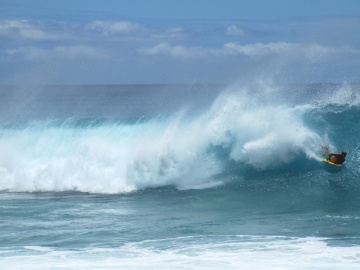






0 comments:
Post a Comment